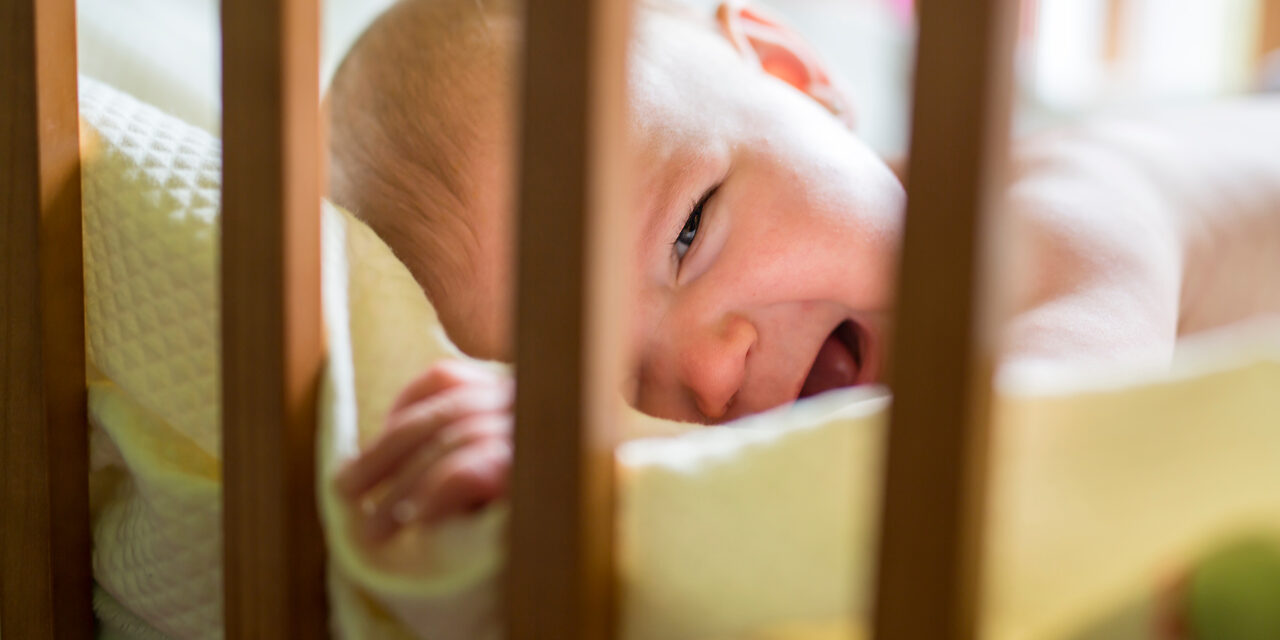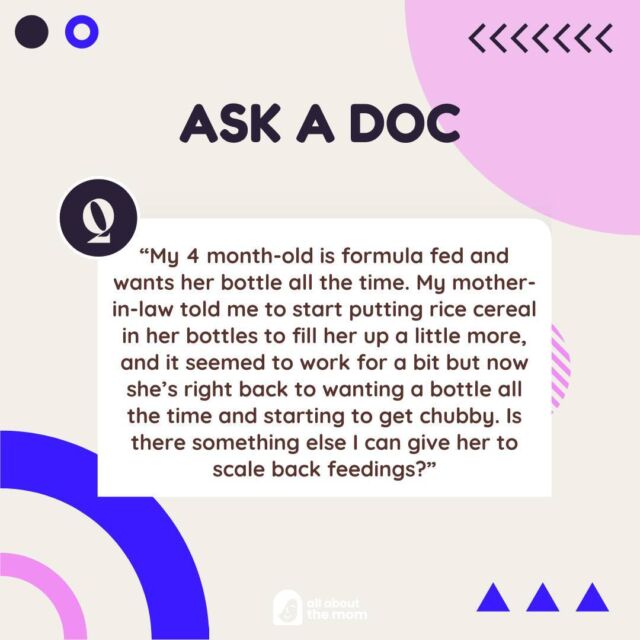My baby won’t stop crying when I put her in her crib to sleep. How can I get her to stop?
I’m so glad you reached out about this. As mothers, we are wired to respond to our babies’ cries but that doesn’t make it any easier to know what to do.
Since our babies can’t speak, crying is the only way to communicate with us early on. Your daughter is likely trying to tell you that something is not quite right.
First and foremost, you will want to talk with your pediatrician to rule out medical or physical reasons for crying. For instance, reflux can sometimes be the culprit. We see that peak around 6 weeks of age. If it’s determined that the crying is behavioral, then knowing some of the reasons why babies cry may help you to help your daughter settle to sleep in her crib.
One of the main reasons newborns cry is because they feel insecure. When babies are not held closely and snugly with their arms and legs close to their bodies, they have a sense of falling through space that is quite scary. This is called the Moro, or startle, reflex. You may see this when changing diapers, or when they are lying in the middle of a wide, flat crib. Swaddling can help. New babies benefit from being swaddled for all sleep. They usually outgrow the swaddle around 14 or so weeks of age, about the time they lose the startle reflex and begin learning to roll.
Young babies cry when they are sleepy or overtired. Hitting your baby’s optimal sleep window and filling her sleep tank each day will actually help her go to sleep easier. If she is already overtired when you put her down, it will be harder for her to fall asleep and harder to stay asleep. Without your baby’s age, I can’t say for sure what her sleep window might be, but I can tell you that if you are already seeing her sleepy signs when you start your sleep routine, the window is likely already closing.
Over-stimulation from about weeks 3 through 8 can be the source of a lot of crying. A baby who lived in a muffled, dark, warm womb only a short time ago is now bombarded with stimulation, both external – like smells, lights, noises, faces, and diaper changes – as well as internal – eating and digesting food, gas bubbles, peeing, and pooping. By the end of the day, her nervous system is taxed out, and crying is often the end result. It may help to keep your baby as calm as possible during the day and to watch carefully for those sleep windows so you can prevent over-stimulation from taking a toll.
Creating a zen-like space to wind down for sleep is important to help your baby begin relaxing and preparing for sleep. Many babies don’t do well with transitions so age-appropriate bedtime routines are important. Be sure to check the temperature of the room and don’t over or underdress your baby. Too cold or too warm can lead to crying.
I didn’t forget about hunger but it’s often not the main reason for crying unless feedings were accidentally skipped. Don’t hesitate to feed your baby if you suspect she’s hungry.
I hope this helps you sort out why your baby may be crying when you put her down for sleep.
















